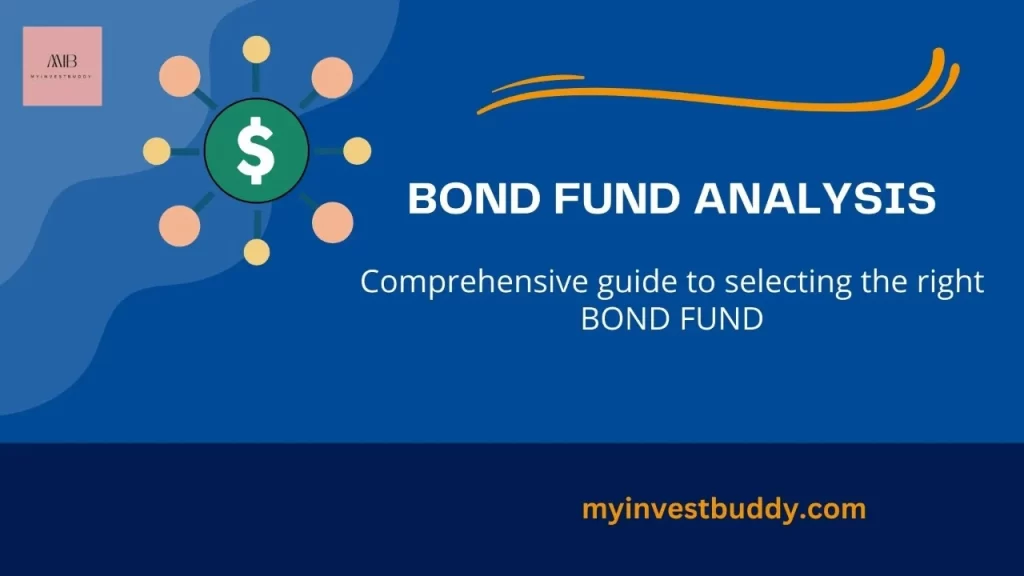Structural Characteristics of Bond fund
1) Quality – (AAA, AA, A, etc) It represents credit worthiness of bonds, it means the bond issuer capability in repaying principal and interest payments.
2) Maturity – (Short term, intermediate term, long term) It represents when will the bond mature and investor gets their principal and interests payment.
3) Cost – Expense ratio, it is the expenses incurred by an Investor on owning a bond fund.
Before taking any bond fund position you should think about, why I want to buy a bond fund in the first place?
· Are you saving for your retirement? In this case you might want to consider long term bond funds.
· Are you moving out of FD to attain higher yield offered by bond fund? Here short-term bond fund may be the best choice for you.
These questions will help you determine the Quality & Maturity characteristics of bond fund that you want to invest in. It will force you to consider the crucial characteristics of bond fund before you consider investing in them based on its past performance.
An investor must look at below factor to select the appropriate bond fund for themselves.
1) Age & Size of Fund – Since bonds have explicitly stated investment policies and objective, there is a little reason not to invest in fund with limited track record as long as it has reasonable assets for economies of scale advantage. However, if you have the option of choosing an established firm with established track record then the fund with similar objective in untested environment, former would be a prudent choice.
2) Tenure of Portfolio Manager – Skill & tenure of fund manager are important considerations in selecting a stock
funds, but may be less important in evaluating bond funds. The more important things to consider are: investment objectives & policies (Quality & Maturity standards), Operating costs.
3) Relative Yields – Looking at relative yields in vacuum is wrong. There are two ways of calculating yields; current yields, Yield to maturity. Income returns and capital returns, offset each other in bonds.
4) Cost of Ownership – While some stock funds have provided premium performance despite prodigious cost, most bond
funds, most of the time, have failed to do so. The reason is that, within the major sectors, bond funds operate under comparable quality and average maturity standards.
5) Portfolio characteristics –
a. Quality –
Carefully consider the average quality of bond’s portfolio and its distribution across security as well. BBB is the lowest investment grade rating. Since each drop in quality entails an increase in yield, gaining extra yields is easy at the cost
of higher credit risk.
There is no point in purchasing a lower-quality bond fund that incurs a higher expense ratio than
a higher quality bond fund with comparable maturity.
b. Average maturity –
Average maturity is a two street. You can gain higher yields by investing in long term bonds but because of changing interest rate environment it can be as volatile as stock investments (aka Capital risk). If you focus more on short term bonds, then you will not get higher yields. (aka Income risk). Therefore, it is important to select a fund based on your desired maturity to balance income risk and capital risk.
6) Tax Implications – Consider you post tax returns.
After being clear on Quality & Maturity you must decide which category of bond should be hold.
Selecting the right duration is important in bond funds since in bonds if interest rate increases, the capital returns become negative and if interest rate declines the capital returns become positive. You might want to consider a portfolio of short, mid and long-term bonds to achieve desired objective.

